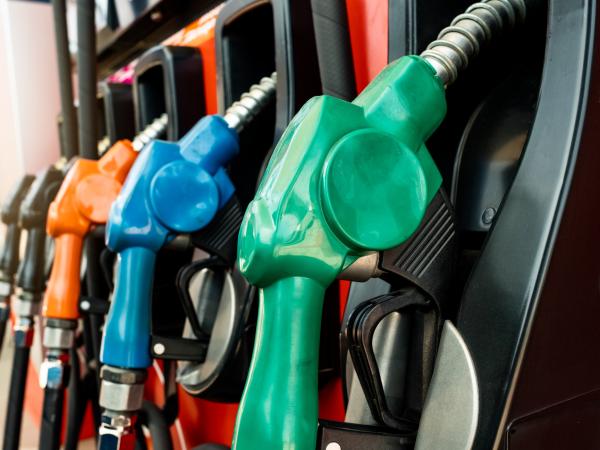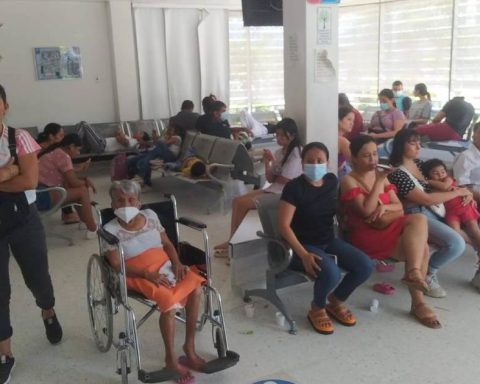This February 28, the Ministry of Mines and Energy published the sixth increase in the price of gasoline since the arrival of the new government. This new increase, of $400 per gallon, which began to apply yesterday already leaves the average of this fuel above $11,000 in eight of the 13 main cities in the country.
(Read: A gallon of regular gasoline rises $400 and remains at $10,766 on average).
Such is the case of Bogota, whose maximum regulated price is $11,173. That is, in the last semester, the accumulated increases in the country’s capital is $1,450 per gallon.
According to the Ministry of Finance, this is done with the aim of reducing the volume of subsidies for the price of this fuel, which is currently eIt is covered by the Fuel Price Stabilization Fund (FEPC).
It should be remembered that this fund sIt is activated when the price of oil rises a lot to cushion the impact on consumers.s. Likewise, when crude oil falls a lot, a price higher than international parity is established in order to save.
(Read: San Andrés asks the Government for attention and special gasoline prices).
During 2022, the Brent average was US$99.04 per barrel, with which the price differential between local and international widenedleaving a total debt of $36 billion.
For this reason, the government will continue the path of increases, with the objective of reducing the subsidy for fossil fuels and dedicating these Nation resources to other destinations.
Other cities whose The price per gallon in March is already above $11,000 are Medellín, Cali, Montería, Villavicencio, Pereira, Manizales and Ibagué.
One of the arguments against these increases is their impact on inflation. Although diesel is the fuel with the greatest impact on passenger and food transport, the truth is that ithe increases in the price of gasoline can impact the pocket of consumers.
According to calculations by the Ministry of Finance, a $1,000 increase in the price of the two fuels can lead to a 0.65% increase in the cost of living for Colombians.
(Also: Not wearing a mask? Here are the fines you could face.)
Now, after these increases in the value of the gallon, the Treasury portfolio pointed out that “even including the increase in the price of regular gasoline, Colombia continues to have one of the cheapest gasoline and diesel prices in Latin America due to the operation of the Fund”.
According to data from Global Petrol Prices, in the region, the country is behind Venezuela and Bolivia, which have the lowest cost per gallon. The platform records that a gallon of gasoline costs US$2.6, one of the lowest globally. In pesos, the national average is $10,766.
However, there are two main cities with a price considerably lower than the national one. These are the border capitals Pasto and Cúcuta. In these, a special regime of border zones applies. In accordance with current regulations, these zones can distribute fuel exempt from paying taxes such as duty, VAT and global tax.
Julio César Vera, president of Xua Energy, explained that it was included to formalize the market and combat fuel smuggling in these areas.
Subsidy will be $28 billion
Last year the balance of the Fuel Price Stabilization Fund (FEPC) was $36 billion, lto greater debt registered by this subsidy in its history. By 2023, the Autonomous Committee of the Fiscal Rule (Carf) estimates that it will fall to $27.8 trillion.
Although it is a decrease, Andrés Velasco, technical director of the Committee, pointed out that it is still a very high figure, since it is one of the subsidies that requires greater fiscal muscle to finance it. For this reason, the Government decided to increase the price of gasoline and from the second semester also that of diesel.
DANIELA MORALES SOLER
Portfolio Journalist


















